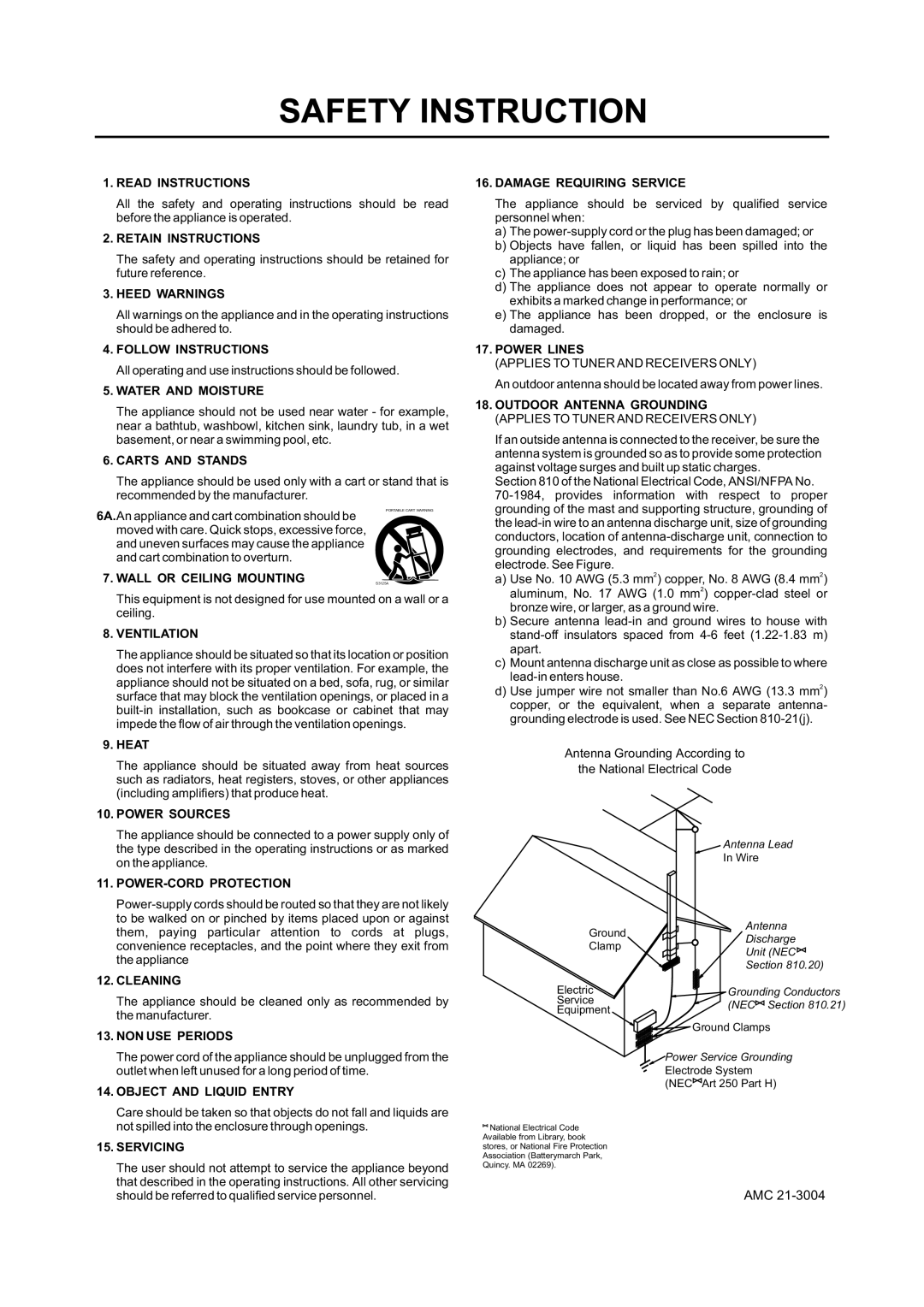2445 specifications
AMC 2445 represents a significant milestone in the realm of advanced technology and innovation, standing as a robust system designed for a myriad of applications ranging from telecommunications to digital signal processing. This cutting-edge module is characterized by its emphasis on high performance, flexibility, and integration capabilities.One of the standout features of the AMC 2445 is its powerful processing capability. Equipped with a multi-core processor, it offers exceptional computing performance coupled with energy efficiency. This makes it ideal for handling complex algorithms and real-time data processing tasks, which are essential in environments that demand swift decision-making, such as telecommunications and networking.
The AMC 2445 utilizes advanced technologies that enable seamless integration with existing systems. With support for various communication protocols, it can easily connect to different network infrastructures, enhancing interoperability and reducing downtime during transitions. This flexibility is pivotal for businesses that rely on diverse technologies to maintain competitive advantages.
In terms of memory, the AMC 2445 supports substantial RAM options, allowing for extensive data storage and quick access. The module is also designed with high-speed interfaces, including Ethernet, USB, and PCIe, which contribute to its ability to transfer large volumes of data efficiently. These interfaces ensure that the system can handle high-bandwidth applications, making it suitable for industries that require robust data throughput.
Another notable characteristic of the AMC 2445 is its rugged design, which ensures durability in challenging environments. This makes it ideal for deployment in industrial settings, transportation, and defense applications where reliability and resilience are critical. Its design adheres to various industry standards, ensuring it meets the stringent requirements of various sectors.
The software architecture of the AMC 2445 is equally impressive. With support for Linux and other real-time operating systems, developers have the flexibility to create custom applications tailored to specific needs. The availability of development tools and libraries further accelerates the deployment of innovative solutions.
In summary, the AMC 2445 is a versatile and powerful module that combines advanced processing capabilities with flexible connectivity options, robust memory support, and a rugged design. Its ability to integrate with existing systems while providing high performance makes it an invaluable asset in various technological domains. Whether for telecommunications, industrial automation, or defense systems, the AMC 2445 stands out as a beacon of modern engineering and design excellence.

